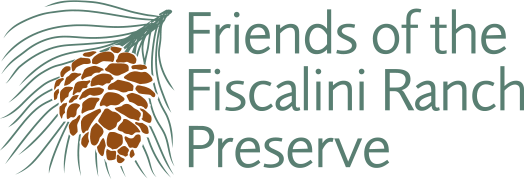2024.09.19 | Voles on the Ranch
.jpg)
In late summer, California voles (Microtus californicus) are easy to spot on Fiscalini Ranch Preserve. Because the runways they cut through the grasses flatten out as the grasses dry, voles are increasingly exposed, especially near dawn and dusk when they are most active.
People sometimes mistake California voles as mice, but they are not mice. At least six species of mice live on Fiscalini Ranch Preserve, along with squirrels, rats, moles, and shrews.
California voles are common up and down the Pacific coast of North America from Oregon to Baja, and from the ocean to the Sierras. These little herbivores grow about 6.5 inches long and weigh around two ounces. They mostly eat invasive and native grasses and herbs, shifting from green stems to seeds as the seasons change. They do not hibernate.
Voles breed year-round but litters peak in spring and fall. Litters in the spring, when there is plenty of food around, average four kits while fall litters are half as big. Two to five litters a year are common. Females are ready to breed at three weeks, and again just hours after giving birth. Understandably, a vole’s lifespan is short: around one year.
So why isn’t the Ranch hip deep in voles? Voles are a major food source for hawks, long-tailed weasel, snakes, herons, foxes, racoons, even mountain lions. Just about everybody eats voles, so they are an important part of the Ranch ecosystem.
Article first published in https://cambriaca.org/


